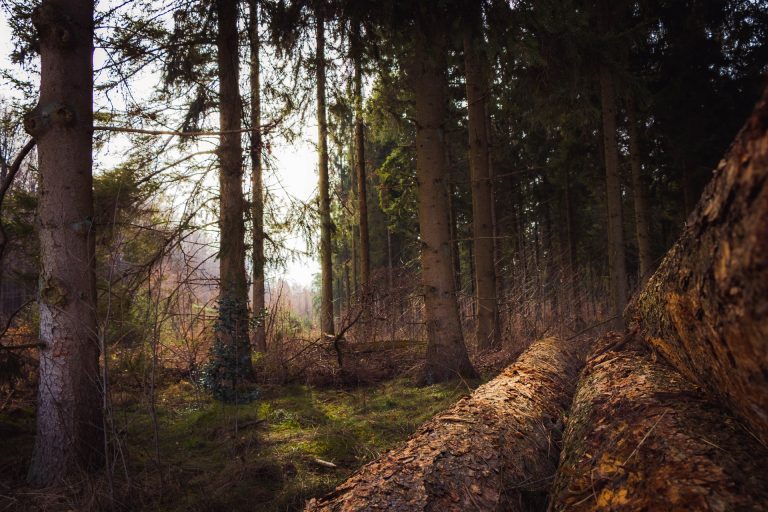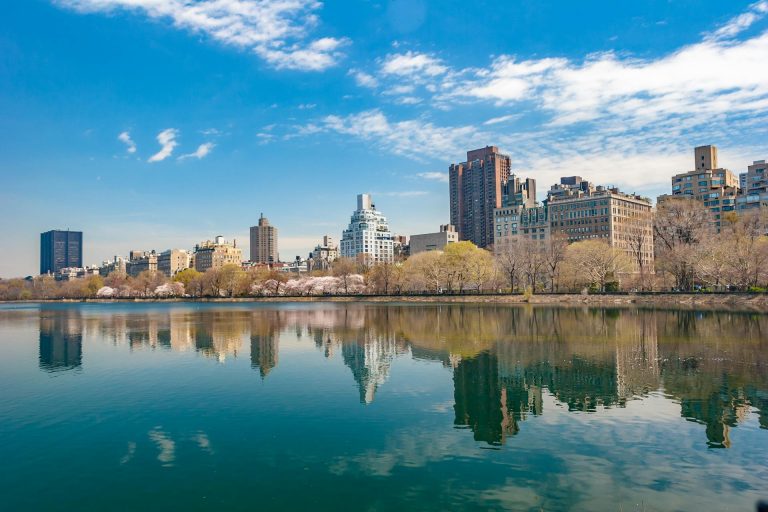According to Peter Wohleben, best-selling author of The Hidden Life of Trees: What They Feel, How They Communicate, understanding how trees communicate with each other may help us better understand ourselves and the world around us. The trees included in his story include trees with “human-like” characteristics, “talking trees,” and trees that sometimes “walk.”
Located in the Eifel Mountains in west Germany, Wolfleben has been managing the natural reserve woodland since 2006. The forest is bordered by extensive oak and beech woods. In these vast sacred groves, ethereal communication occurs through scent, taste, and electrical impulses, creating a mysterious and enchanting atmosphere.
In his experience with trees, Wohlleben became aware of trees’ “daily dramas and moving love stories.” In true German tradition, this concept of the hidden life of trees is what might be called a forest ethic, which allows forests to grow to enormous proportions through partnerships, extended families, and contacts with its inhabitants.
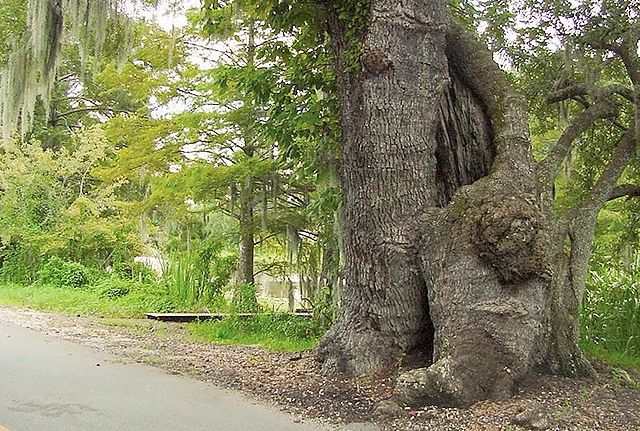
With a goal of higher ecological standards, Wohlleben sees monocultures and heavy machinery as villains. Under management aimed at the preservation of undisturbed forests, trees can fulfill their “social needs,” pass their knowledge on to future generations and grow “old with dignity.”
As a forester, Wohlleben sees to it that the trees are cut by hand and removed on horseback instead of using heavy equipment, which protects the underground root systems and fungal networks that enable plants to share nutrients and chemicals. Globally, he believes, humans should and could manage forests similarly. Ecology is not passive; it is dynamic, with ecosystems actively contributing to their complexity, resilience, and survival.

Success
You are now signed up for our newsletter
Success
Check your email to complete sign up
Wohlleben’s revelatory reexamination of our earliest companions challenges us to see with new eyes what we have taken for granted for eons.
Gifts of wisdom
Two massive beech trees stand side by side deep in the forest. Despite their sparse winter crowns, they seem to be taking care not to intrude on each other’s space. “These two are old friends, they are very considerate in sharing the sunlight, and their root systems are closely connected. In cases like this, when one dies, the other usually dies soon afterward, because they are dependent on each other,” Wolfleben says.
Darwin’s work instilled the notion that trees, among other species, compete for resources, with the winners being the survivors. The timber industry thus creates forests where each tree has its “optimum space,” but this artificial scenario is far from ideal.

Wohlleben explains the difference between cultivated and natural forests, describing trees as able to plan ahead to foster the best environment for their lifespan.
In natural forests, trees create “friendships.” He observes that birch trees take care of each other, and “look after their own, and they help their sick and weak back up onto their feet. They are even reluctant to abandon their dead.” he says. Scientific research by Suzanne Simard also showed that “trees are more altruistic than competitive.”
In cultivated forests, trees are planted in regular intervals, and become “loners” who “suffer from their isolation.”
‘Wood-wide web’
By intertwining their roots and sharing fungal networks around their roots, neighboring trees act as an extended nervous system. “All the trees here, and in every forest that is not too damaged, are connected to each other through underground fungal networks.” Wohlleben says. “Some are calling it the ‘wood-wide web.’”
In her research on fungal networks, Suzanne Simard, professor of forest ecology at the University of British Columbia, discovered that at the center of the fungal web, a “mother tree” helps coordinate the powerful network that heals, feeds, and sustains the rest of the forest. The “mother” or “hub” tree has been found to provide water and warnings about danger to saplings.
“In connecting with all the trees of different ages, (the mother trees) can actually facilitate the growth of these understory seedlings,” she said.
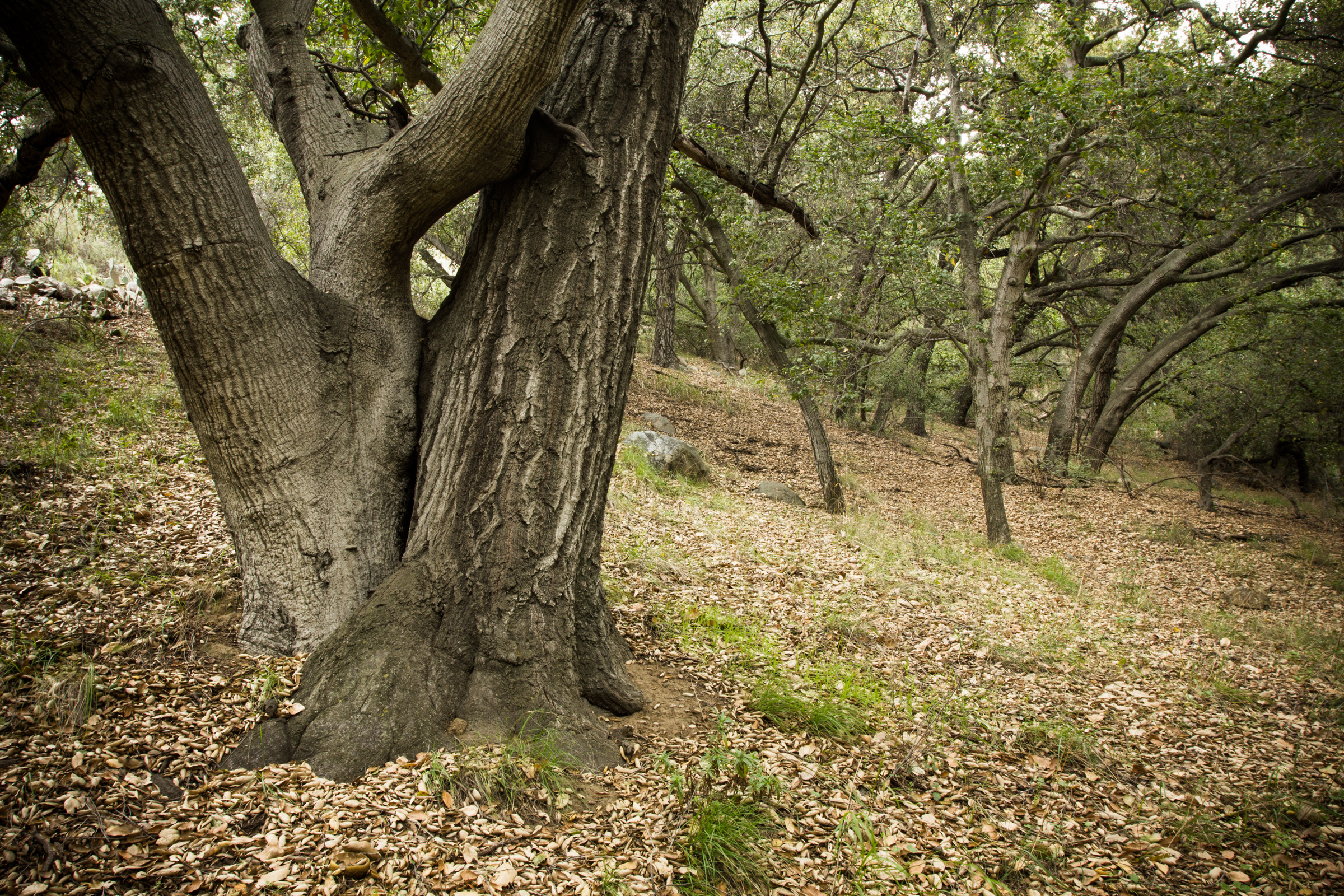
Deliberate slow growth and response
Trees exist on their own timescale. There is a spruce in Sweden that is 9,500 years old; it is one of the oldest trees on Earth. Having so much time at their disposal allows trees to do things at their own pace. Electrical impulses passing through a tree root, for example, move at a pace of one-third inch per second.
Wohlleben is an advocate of slow growth, believing that it results in tighter grains that are more able to fight off natural threats. Fast-growing trees in monoculture plantations are highly susceptible to pests and storms. “Clear-cutting an ancient forest and replacing it with a monocrop is evil,” he says.
Wohlleben asserts that trees feel “pain” when animals graze on their leaves, and Dr. Simard found that they can warn each other of danger with chemical signals sent through the fungal networks around their root tips. When a giraffe eats an acacia tree, for instance, the tree produces a chemical warning which other trees can “smell,” triggering a toxin to be released, which then deters the giraffes.
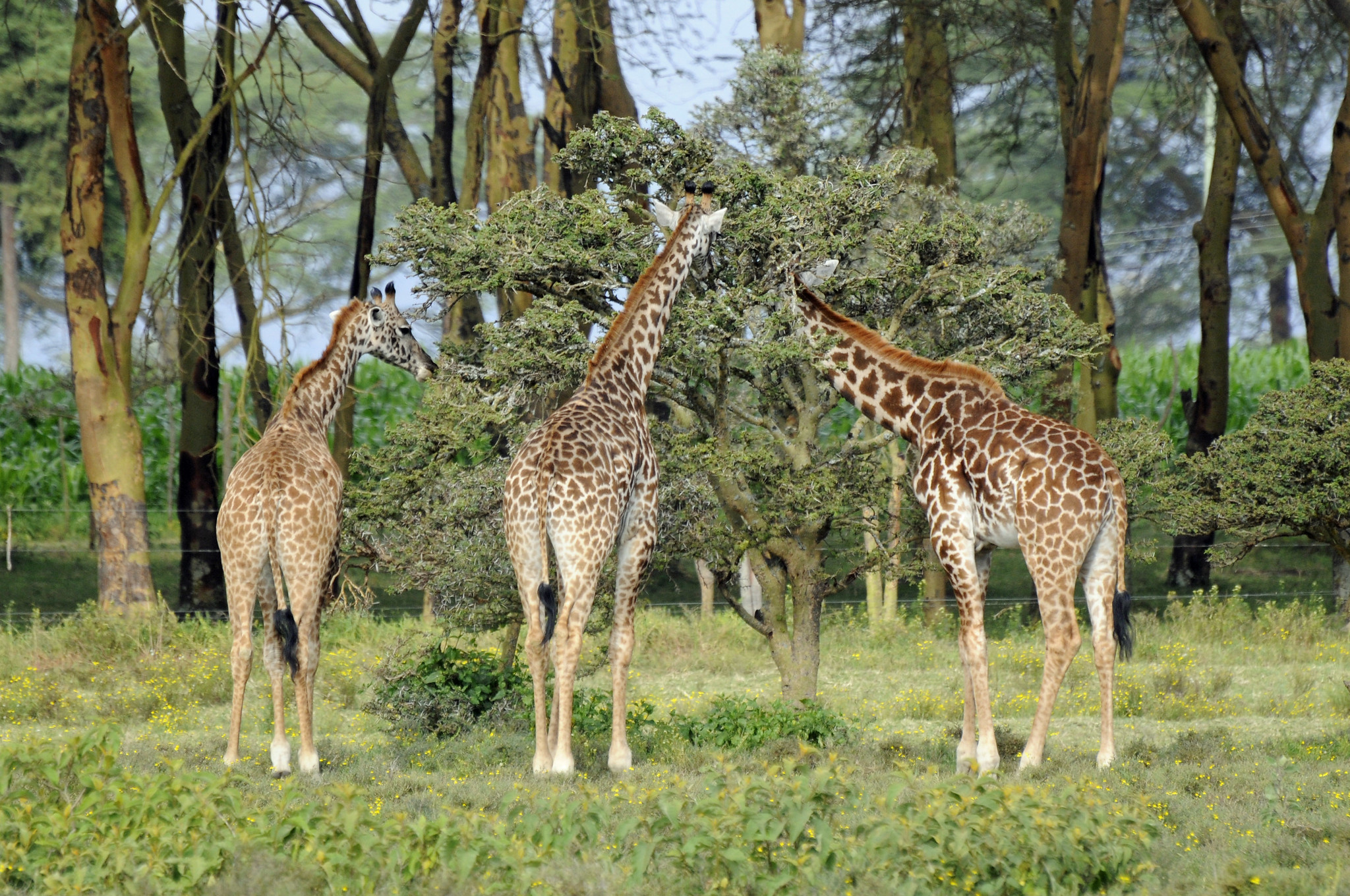
Wohlleben says that some trees “agree in advance” to an irregular reproduction schedule, in order to prevent herbivores from depending on them for food. A regular food supply would lead to overpopulation which could decimate the forest; so the trees cut the rations to protect themselves.
Rethinking science
In her new book Finding the Mother Tree: Discovering the Wisdom of the Forest, Simard illustrates that scientific research is not simply about numbers and conferences, but rather a voyage of reflection that depends as much on the organic character of the human mind as it does on precise testing.
While ultrasonic vibrations have been observed in tree trunks when water movement from roots to leaves is interrupted, according to Wohlleben, scientists regarded these noises as “purely mechanical” and “probably meaningless.”
“When I think about the study findings… it appears to me that these vibrations may be far more than simply vibrations—they could be screams of thirst.” The trees may be telling their colleagues that water levels are low, he said.
It is easy for us to distance ourselves from the forest that is essential to, and one with, our existence. When we learn to live in harmony with the environment, we will realize far greater achievements than technical knowledge and financial gain.
To give is to receive. To receive is to give.
To teach is to learn. To learn is to teach.
To love is to be loved. To be loved is to love
In this world, there cannot be any person or place or thing or even a moment in time that only receives or only gives.
And if there is, it is for us to heal.
-The Rebbe



